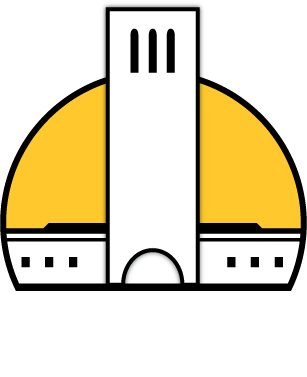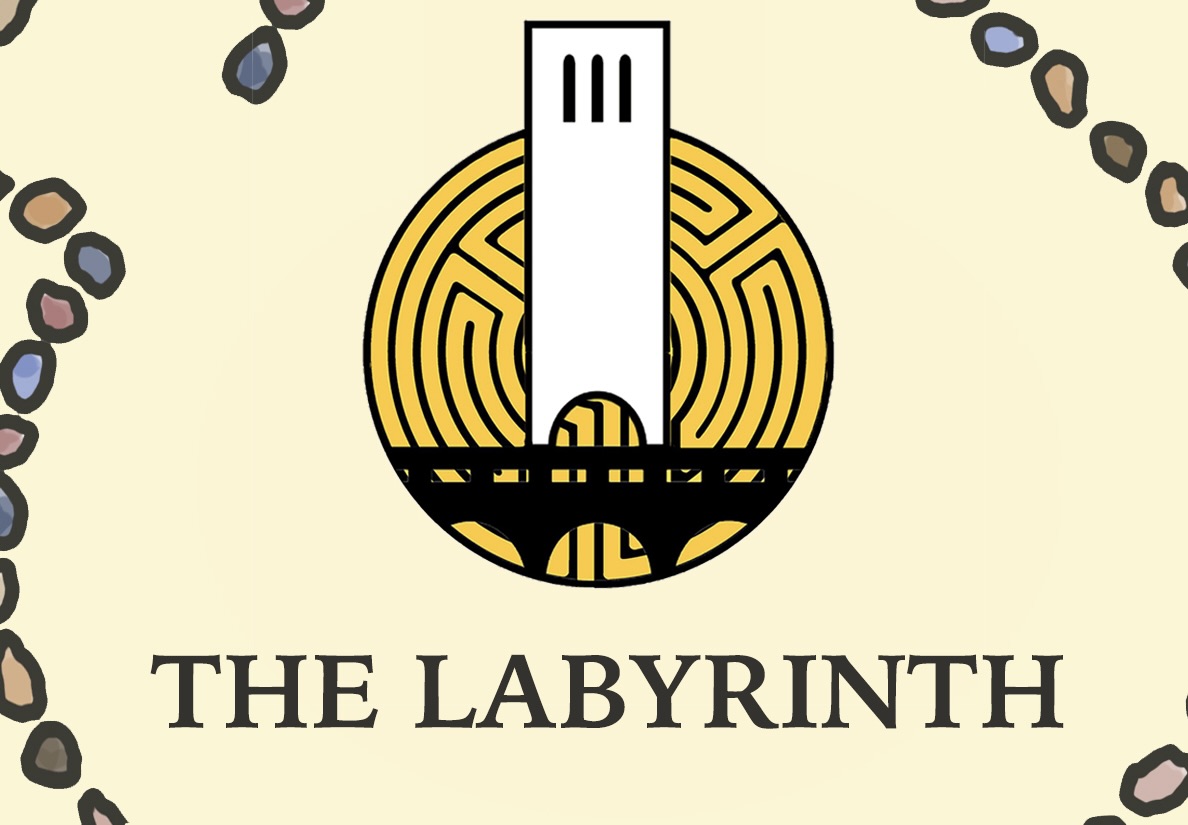Because of this year’s unusually long winter rains, construction on the Materials Research Laboratory (MRL) expansion has been delayed until this July — four months after the original deadline, university officials said.
According to the laboratory’s website, the original completion date was slated for February 2005. The three-story Materials Research Laboratory, which is adjacent to the Engineering I Building, is being expanded by 10,500 square feet to provide office and conference rooms for its researchers, said Marc Fisher, associate vice chancellor of Campus Design and Facilities.
The laboratory focuses on the development and production of materials, such as optical communication materials and advanced plastics. The Mitsubishi Chemical Corporation and the National Science Foundation are covering the $4 to $5 million cost of construction. Frank Castanha, the university representative for the building’s construction, said the unprecedented amount of rain this past winter caused problems for workers of Carrol Construction Company — the local company in charge of the project.
Professor Glen Fredrickson, associate director of the lab, said the expansion is necessary because space is tight in the current building.
“Currently we have been terribly impacted for space,” Fredrickson said. “With the construction we will finally have adequate space.”
Fredrickson said Mitsubishi footed the bill for the project because of the MRL’s “world-renowned” reputation for research.
“No other UCs have comparable materials labs,” he said “UCSB is also on the West Coast, which is [geographically] favorable for Japanese firms [like Mitsubishi],” he said.
Fredrickson said the laboratory’s research has produced some incredible achievements for both UCSB and materials technology in general.
“Two dozen materials-related patents have been released as a result of our research,” Fredrickson said.
Developing plastics that adhere to car paint better is an example of what types of projects researchers might work on at the laboratory, Fredrickson said.
The laboratory also allows students to take part in a high-caliber materials research program, Fredrickson said.
“I think our program offers a great deal of enrichment for the students,” he said. “It offers students the chance to build materials that will be used in the industrial world. Students get to work side-by-side with industrial researchers, and gain useful experience in writing patents and making contracts.”
Jayna Jones, a research materials graduate student, said she will be thrilled when the building is finished because of all the annoyances caused by the rains and construction.
“For awhile they were tearing up the kitchen that my colleagues and I used,” Jones said. “A few of the labs even were flooded, although nothing was severely damaged. There was also a good deal of dust around the lab. Trying to work near the construction is hard, but everyone here is looking forward to having more space in the future.”
Castanha said the expansion’s design would set itself apart from the existing structure.
“An interesting feature of the building is the exterior curtain wall glass envelope system, which wraps the building and makes it unique to the plaster exterior of the existing building.” Castanha said.















